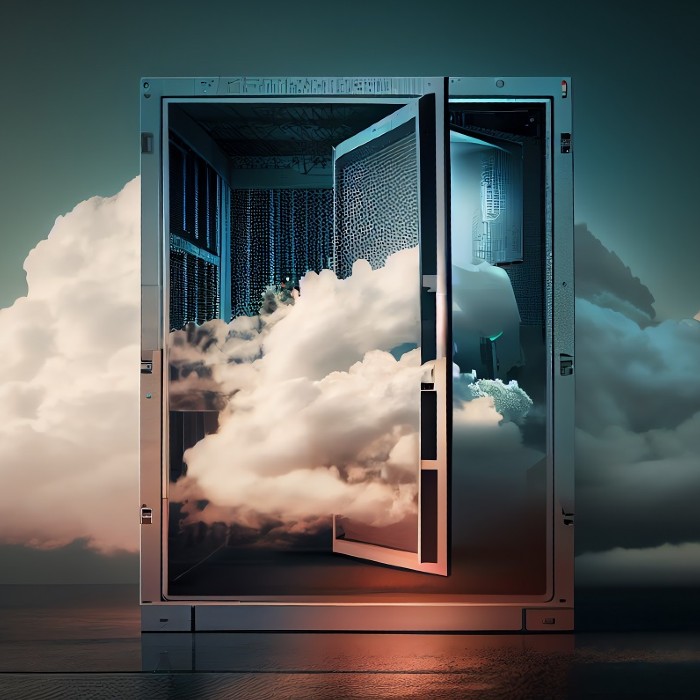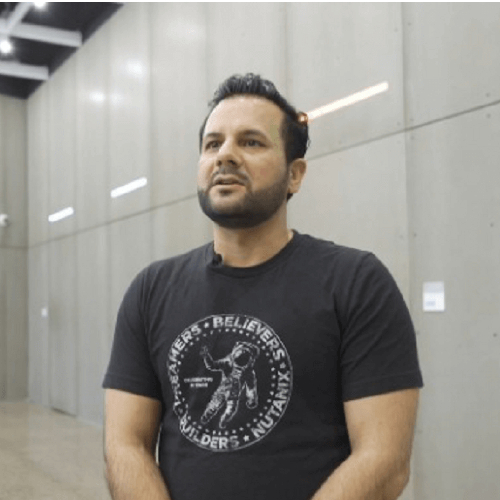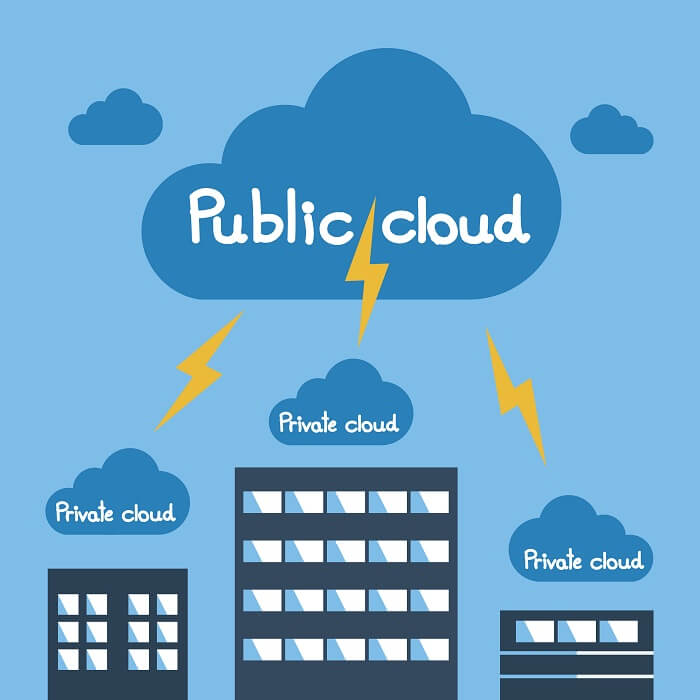Jason Lopez: In the first buildout, in 2020, the pandemic hadn’t been going on long enough to affect the supply chain. All the gear showed up without any problems.
Harmail Chatcha: Then came the issues as far as the buildout goes, because in the data center you have a couple of different teams that come in and do the work for you. One is the team that mounts the racks, does all the physical build-out of installing the power busway, installing the racks, and installing the hot-out containment for you and the basket tray. So that phase was, you know, it took a little bit longer due to resource constraints.
Jason Lopez: They needed to connect the electrical distribution system, known as a busway, to the facility’s uninterruptible power supply. But they couldn’t find electricians.
Harmail Chatha: They weren't taking work that they didn't want to take. They could pick and choose. I want this job, I don't want that job. That was a challenging factor, working and trying to find electricians. But we were able to, you know, work with our data center provider. And these data center providers are not small. I mean they've got massive campuses essentially with lots and lots of power. Mega multi-digit megawatts of power
Jason Lopez: In addition to the challenge of getting electricians there was the matter of cable management. Anyone who’s ever connected a large home theater, multi-room, audio, and video setup will know that organizing cable makes the difference between a crisis or an easy upgrade down the road. In a data center, that’s fantastically magnified.
Harmail Chatha: This is an art form. Like you don't just plug one cable to one top-of-rack switch. It's highly designed. Every port and every rack is connected to a specific port and it's all based on automation and we want consistency in that. We want it to look nice and beautiful. So if we ever have to troubleshoot something, it's easy for us to identify which cable to rip and replace.
Jason Lopez: The second data center came a year later in 2021. It was based on the same architecture... one megawatt, 60 racks, four pods of 30 rack pods, and containment. But now, Harmail’s team was up against a big supply chain problem. A three-month project was stretched to nearly seven months and some gear didn’t arrive until 2022.
Harmail Chatha: What it taught me was you had to have experience in the industry to be able to do this. You couldn't be just a newcomer and say, "Hey, I'm going to go and build out a one-megawatt data center." If you didn't know how to do it, if you didn't have the industry contacts, if you didn't have a vetted architecture already, I don't think there is much success for anybody. So for me, it was trusting the process. It wasn't time for me to go out and vet out new technologies, new schemes on how to do a power busway or how I should change my cabling or try out new vendors potentially where I can, you know, save a few bucks.
Jason Lopez: He also points to large providers like Google, Microsoft, Facebook, and Amazon which highly architect their spaces for efficiency and sustainability, saving space and power at every turn.
Harmail Chatha: That's the model we are trying to follow. You know, we're, we're a mid-tier data center customer. We didn't want to do everything the traditional route. We kind of challenged ourselves back in 2018 when we re-architected our data center strategy and how we're going to do our deployments to really do a different scale it out. The work that we put in then to design the data center environments now is what led us to succeed during the pandemic. Because of that hyperdense design, we had some leeway to go denser versus just continually having to deploy more racks and going horizontal versus us focusing on going vertical.
Jason Lopez: HarmailChatha Is the global leader of Nutanix's data centers. This is one of three reports we've done with Harmail.In our other report see profile him and his role as the data center manager, and we also take a look at data center sustainability. You can find those at www.theforecastbynutanix.com. I'm Jason Lopez thanks for listening.







